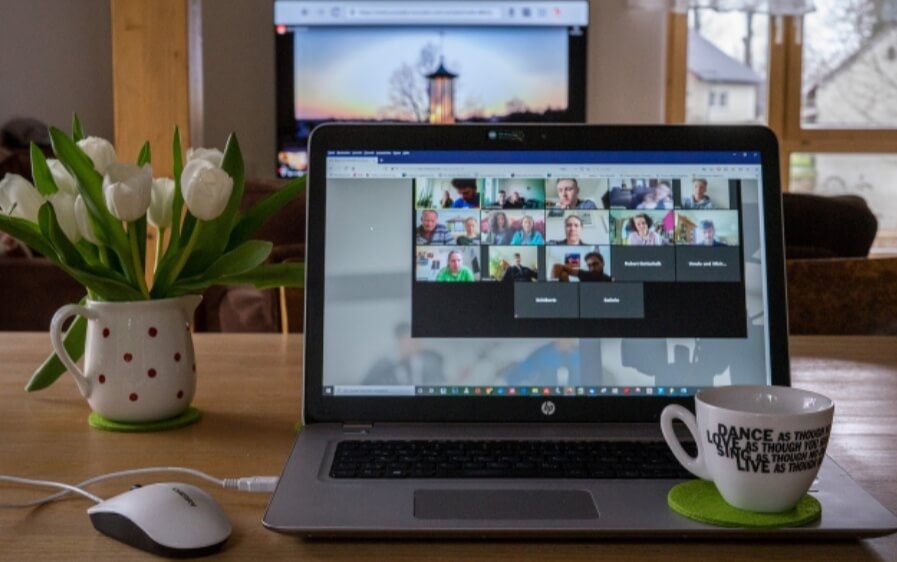Hosting a virtual conference can be a daunting task for anyone new to working from home. You have to think about making sure everyone is able to join, preparing speakers, and the last thing you need is any technical issues. Fortunately, it really is not that bad to host a conference call, and below we have provided some information on what to do when preparing for a virtual conference call.
Contents
Technical aspects to consider
The first aspect of a virtual conference call that you need to consider is the technical side. It being a virtual call, the technical aspect is obviously pretty important to the overall running and success of the meeting, here are the areas you will need to thoroughly test in order to run a compelling and professional virtual meeting.
Internet Connection
First and foremost is your internet connection. Without a good connection, you can neither hear speakers nor speak yourself. Be sure to check that your internet connection can handle video streaming as well as video uploading as you will need both during your meeting. Ideally, you want to have a hardwired connection to your router, but if one is not available then the next best option is to position yourself with a line of sight to it, this will prevent any walls or other signals interfering with your connection and will help improve the overall quality of the call. If you live with other people, you may also want to speak to them and ask them to avoid streaming videos or downloading anything for the duration of your meeting.
Video and Lighting
Modern laptops will typically have a webcam that is already in a good position, however, you cannot rely on your laptop to do all the work. You also need to consider where you are in your home when on camera and what the lighting is like. If you are in a dark room or have a light directly behind you, your image quality will suffer dramatically. Try to position yourself in an area with good lighting, ideally with natural light, and avoid having any light source on camera as it will darken the rest of the image. You can test your camera quality out quite easily by simply searching for your camera in your start menu. You can opt for an external conference camera, if the in-built camera of your laptop is not good.
Microphone and Audio
Just like a webcam, modern laptops will likely have a microphone built-in, however, it is best to use an external pair of headphones with an attached microphone as the sound of your computer can sometimes be heard when using the built-in mic. If possible, you should also always try to use headphones, this will stop any echo feedback from going back into your microphone and being heard by the rest of the call, even something as simple as a pair of phone headphones can make a huge difference to your sound quality.
Background
Your background, while on the surface may seem like an unimportant aspect, can actually make or break your virtual meeting. If you have distractions behind you such as people walking around, pets playing, or even just a messy room, you can come off as unprofessional during a meeting. To avoid this you use virtual backgrounds to hide anything behind you and maintain a professional appearance. Learn more about how virtual backgrounds can help by visiting Hello Backgrounds. These backgrounds are great tools that have become almost essential to any remote worker when attending an online meeting.
Live and Recorded Conferences
The final technical aspect to consider is whether or not you want to record your meeting. Recording meetings is a great feature that physical meetings do not offer. It allows for far easier note-taking and is especially useful if one of your co-workers is unable to attend a meeting, simply hit the record button prior to starting and they can stay up to date with current events with little to no loss of information.
Practical aspects to consider
Prepare an agenda
An agenda may seem archaic, but they are extremely useful for keeping virtual meetings on track and moving forward. Your agenda can have a timeline or not but it should at least include the following things:
- The reason for the meeting
- The topics of discussion
- The overall goal you wish to achieve
Additionally, it can also be a good idea to include a set of guidelines in your agenda that you can send out to any invited members. These guidelines can act as a sort of code of conduct that most offices use to ensure that employees behave professionally at work and are important to provide to anyone working from home as they can easily forget that they are still at work when they are comfortable in their own space.




